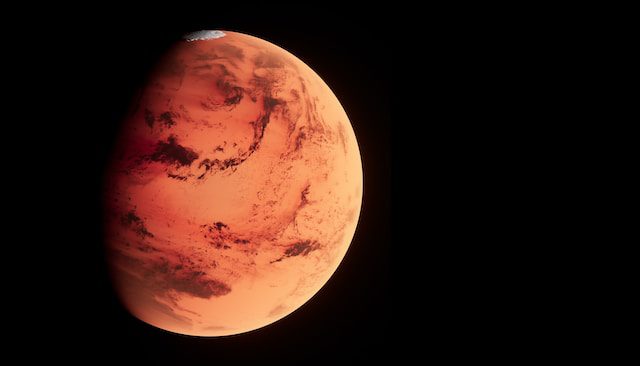SPACE scientists have discovered a new process to test for life on Mars and on Earth, using cutting-edge technology to sequence DNA using the tiniest possible sample of DNA mass.
The researchers from the University of Aberdeen’s Department of Planetary Sciences used a MinION DNA sequencer developed by Oxford Nanopore Technologies to detect microorganisms present in tiny amounts of terrestrial soils, and to investigate how they replicate in ambient conditions.
As a result, they have designed a procedure that can detect and characterise soil DNA with as little as 2 picogram of DNA mass (the genome of a single cell of a hummingbird has one picogram of DNA).
The discovery has important implications for studying rock and soil samples taken from Martian and terrestrial landscapes to see if they contain traces of DNA needed to support microbial life.
PhD student Jyothi Basapathi Raghavendra produced the research under the supervision of Professors Javier Martin-Torres and Maria-Paz Zorzano. The research has been published in the journal Scientific Reports.
Professor Martin-Torres said: “There is a slim chance that microbial life exists on Mars today but to find it we need to operate at the sample scale, and that’s where the size and power of the hardware that’s used in space exploration is a crucial factor.
“Using the MinION which offers portability with state-of-the-art technology, we carried out experiments in our clean lab which ensures that testing isn’t affected by background contamination.
“In doing so we successfully found the lowest DNA detection limit of the MinION which proves its value as a powerful tool for searching for microbial life in samples taken from planetary environments.
“This creates exciting possibilities for Martian research, as the size and power of the MinION makes it an ideal candidate for deployment in future exploration missions, using the process we have developed.
“In addition, it could be used in inhospitable environments on Earth such as desert or polar regions, as well as for applications in medicine, pharmacy and chemistry where biological contamination is undesirable.”
Clive Brown, Chief Technology Officer, of Oxford Nanopore said: “Space science offers an important landscape for pushing the capabilities of the Oxford Nanopore platform. This work builds evidence for ultra-low inputs, an important step forward. Sequencing technology could be adapted for extreme applications such as Mars — and beyond — providing the tools needed to study the extra-terrestrial samples. We aim to push the technology even further for when the Mars Sample Return mission returns in 2033.”
